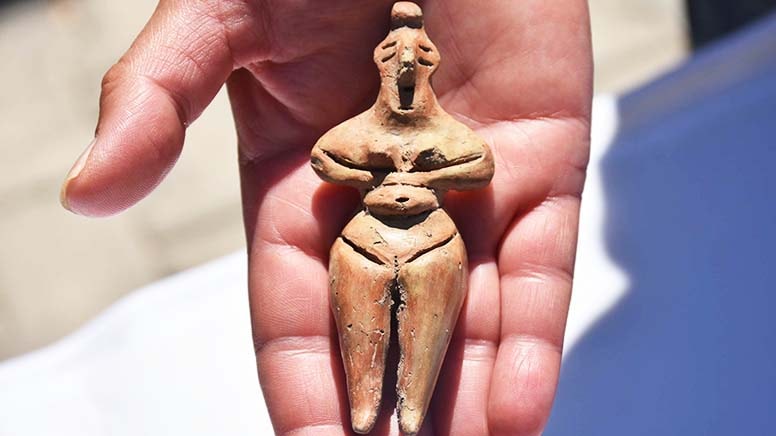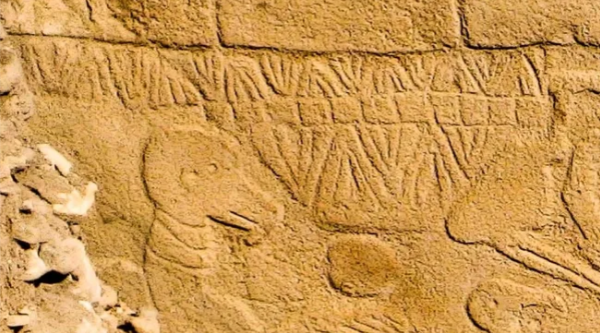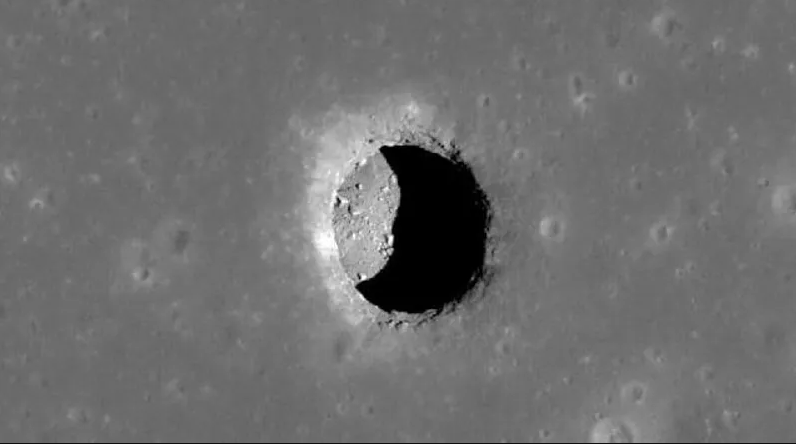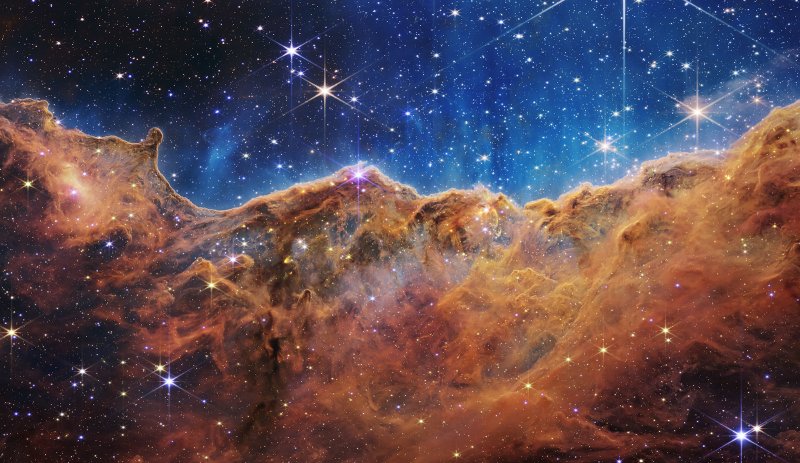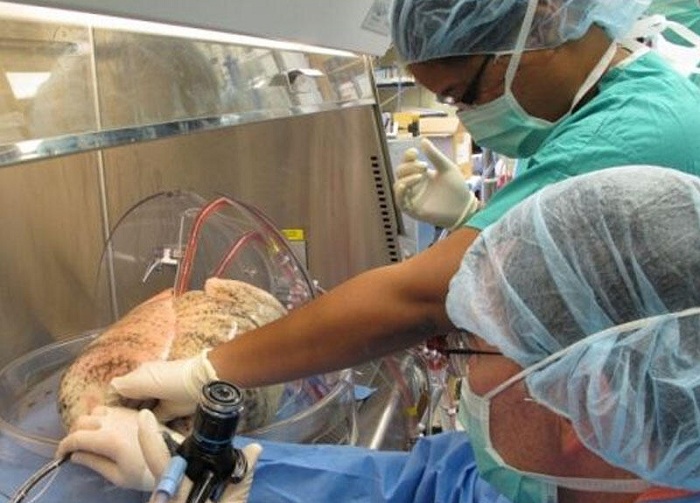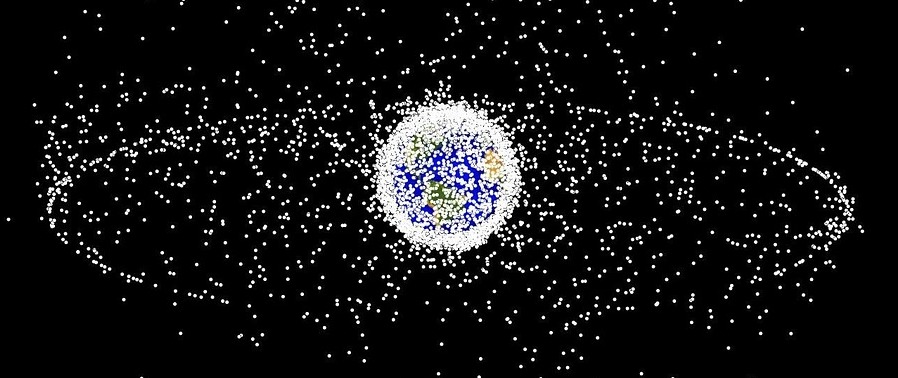
- A-
- A
- A+
Lasers learn to accurately spot space junk
Chinese researchers have improved the accuracy in detecting space junk in earth's orbit, providing a more effective way to plot safe routes for spacecraft maneuvers.
The possibility of successfully navigating an asteroid field is approximately 3,720 to one!" exclaimed C-3PO as Han Solo directed the Millennium Falcon into an asteroid field in "Star Wars: The Empire Strikes Back." Earth's orbit is nowhere near as dangerous, but after more than half a century of space activity, collisions between jettisoned engines and disintegrated spacecraft have formed a planetary scrapheap that spacecraft need to evade.
Scientists have developed space junk identification systems, but it has proven tricky to pinpoint the swift, small specks of space litter. A unique set of algorithms for laser ranging telescopes, described in the Journal of Laser Applications, has significantly improving the success rate of space debris detection.
"After improving the pointing accuracy of the telescope through a neural network, space debris with a cross sectional area of 1 meter squared and a distance of 1,500 kilometers can be detected," said Tianming Ma, from the Chinese Academy of Surveying and Mapping, Beijing and Liaoning Technical University, Fuxin.
Similar News
Links




 Elm TV
Elm TV
 Photo
Photo
 Video
Video
